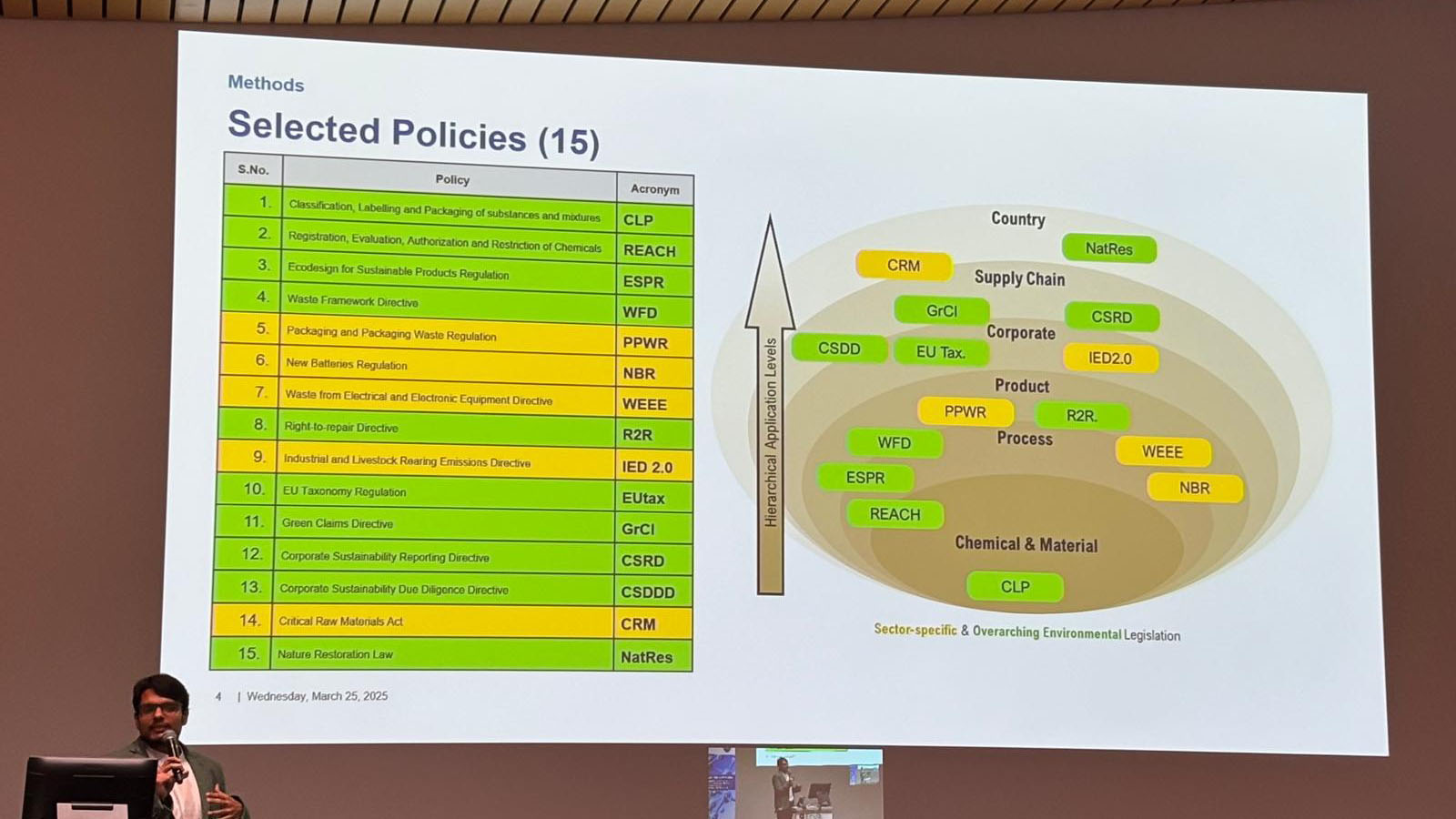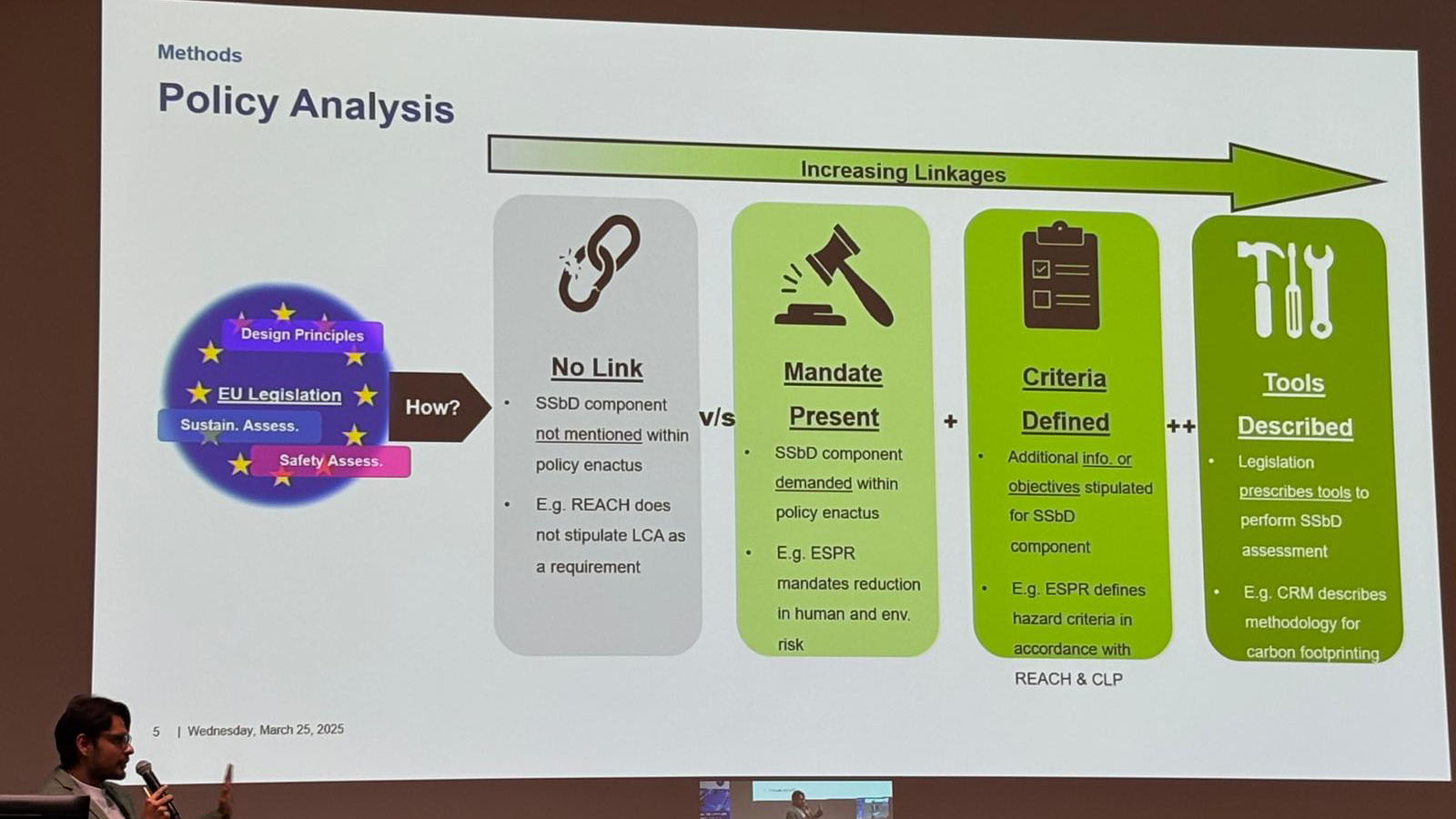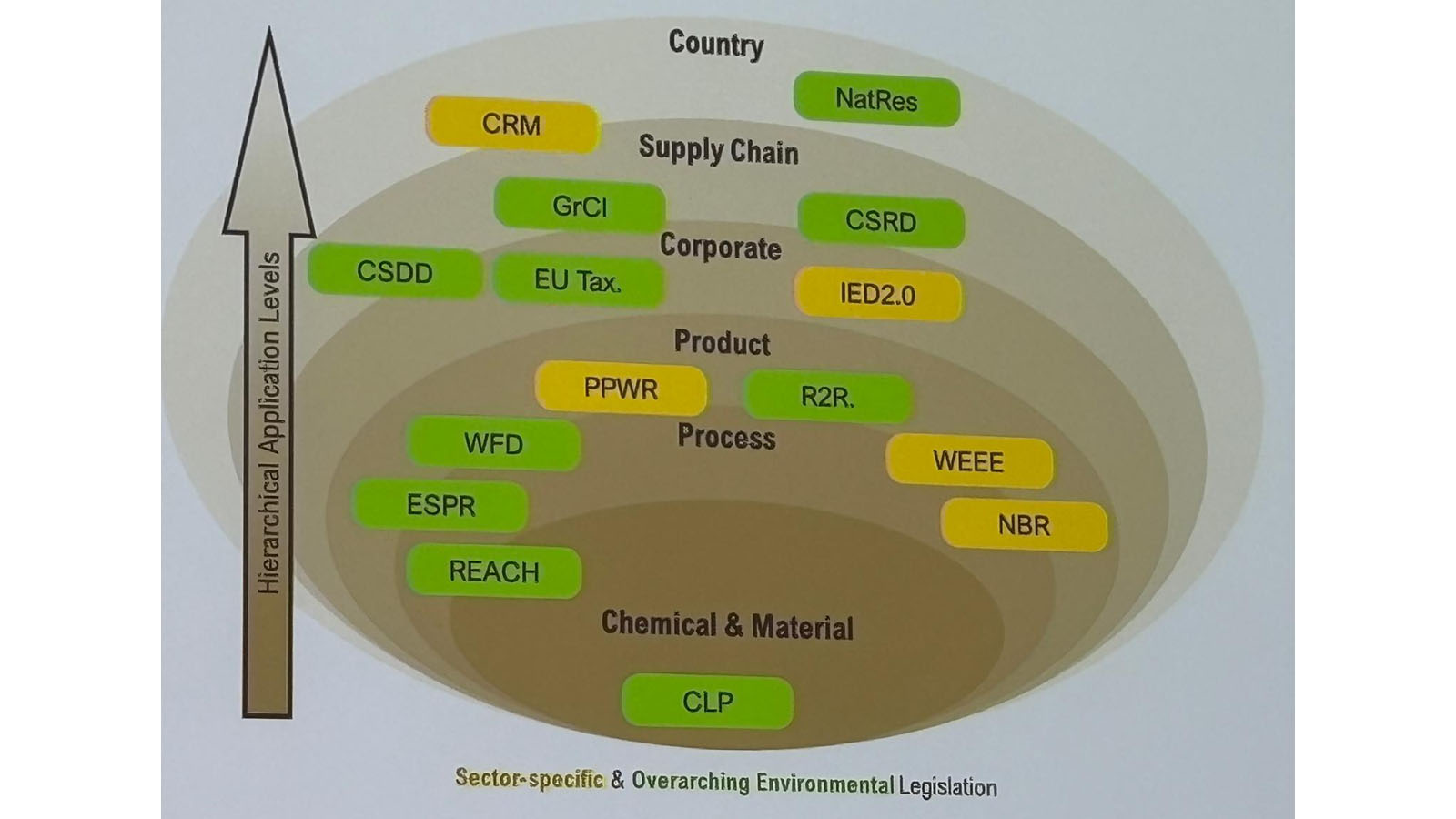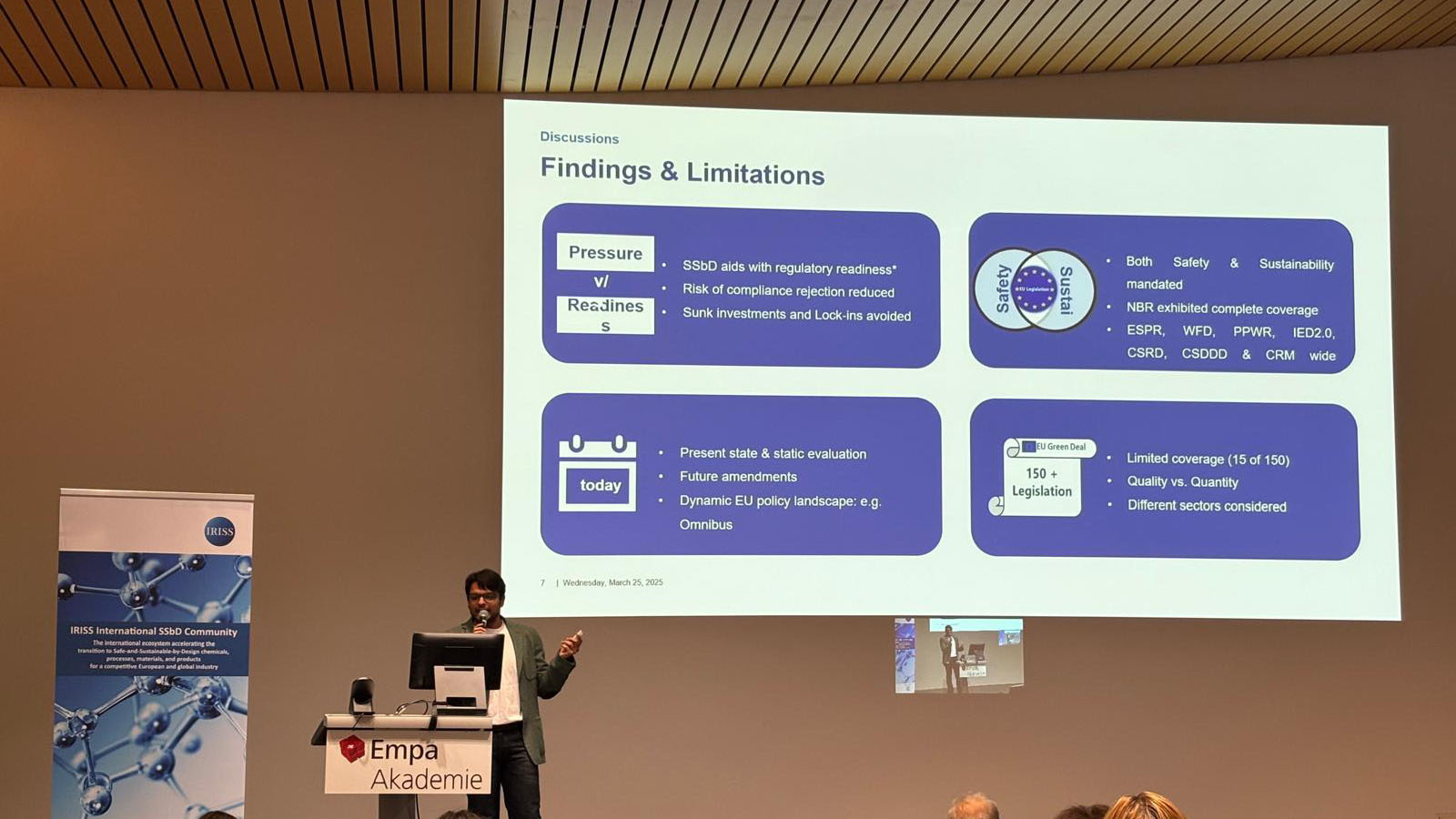Welcome to Industry Intelligence Insights, your monthly briefing on the trends, risks, and opportunities shaping the global electronics manufacturing ecosystem. I’m Thiago Guimarães, Director of Industry Intelligence at the Global Electronics Association, and I’m pleased to share this end-of-year edition.
First, this month’s market analysis from Chief Economist Dr. Shawn DuBravac shows that economic momentum is softening across major regions and maps a world moving into a late-cycle slowdown.
Also in this issue, you’ll find the newest PCB and EMS Book-to-Bill results, fresh sentiment data from our monthly Global Survey, and insights into how manufacturers are navigating inflation, tariffs, power constraints, and shifting production footprints.
We also highlight new resources, including the Double Materiality Assessment Toolkit, plus a recap of the latest EMS & The Economist episode.
Read on for a data-driven look at how the electronics industry is adapting to a slowing but still opportunity-rich global environment.
Thiago Guimarães
Director of Industry Intelligence, Global Electronics Association
Market Analysis from Global Electronics Chief Economist Shawn DuBravac
Economic momentum is clearly slowing across major regions, with elevated inflation, geopolitical pressures, and policy uncertainty shaping conditions. The United States remains above water but is cooling, Europe is expanding only modestly with clear manufacturing weakness, and Asia shows a widening split between a contracting Northeast Asia and still-robust South and Southeast Asia.
UNITED STATES
The United States entered the shutdown period on reasonably solid footing, but the 43-day federal closure has added new friction to an economy that was already slowing. President Trump signed a funding bill on November 12 that ended the longest shutdown in U.S. history. CBO estimates that a disruption of this scale trims about 1.5 percentage points from Q4 growth, then adds back roughly 2.2 percentage points in Q1 2026, while leaving a permanent $11 billion dent in real GDP. The impact is small relative to a $30 trillion economy but still represents a self-inflicted drag. Although data releases have resumed, many remain delayed, making the near-term picture less clear.
Before the shutdown began, growth appeared resilient. The BEA cancelled its usual October 30 advance Q3 GDP estimate, but the Atlanta Fed’s GDPNow model, as of December 1, projects real GDP growth of about 3.9% for Q3 at an annual rate, pointing to a still solid expansion heading into the fall.
Monetary policy has shifted toward a gentler stance. The Fed has already cut rates twice and markets expect a third cut at the December 9–10 FOMC meeting. With inflation still above target, the Fed is moving cautiously, but the overall stance has transitioned from higher for longer to early-stage easing. The Fed also ended balance-sheet runoff on December 1, which helps ease long-term financing conditions by taking pressure off yields and credit spreads.
Labor-market data show a gradual cooling. The delayed September jobs report, released November 20, showed payrolls rising by 119,000 while the unemployment rate edged up to 4.4%, the highest in nearly four years. Hiring remains concentrated in health care, social assistance, and leisure and hospitality. Manufacturing continues to weaken, shedding 6,000 jobs in September and marking its fifth consecutive monthly decline.
Households are becoming more cautious. The Conference Board Consumer Confidence Index fell for the fourth straight month in November to 88.7, the lowest since April. Retail spending is softening as well: September sales rose only 0.2% after stronger gains in July and August. High-income households are still spending, with restaurant sales up about 0.7%, but lower-income households are pulling back as food, rent, and tariff-related price increases tighten budgets.
Manufacturing activity remains under pressure. The ISM Manufacturing PMI stayed in contraction in November at 48.2, the ninth straight month below 50. Regional Fed surveys present a mixed but not uniformly negative picture: Kansas City and Texas report signs of renewed output growth, while Richmond and Philadelphia continue to struggle with weak demand and soft orders.
Inflation remains stubbornly high. CPI through September shows prices up about 3% year over year and 0.3% month over month, with producer prices also rising 0.3% on the month, largely due to energy. Core PCE, the Fed’s preferred gauge, is running around 2.9% year over year, and the delayed September reading due December 5 is likely to show similar levels. Persistent inflation justifies gradual rate cuts rather than aggressive easing.
Taken together, the U.S. economy remains above water and continues to grow, but the backdrop looks increasingly late-cycle. Inflation is stuck near 3%, the labor market is softening, and both consumers and manufacturers are turning more cautious. The combined effects of tariffs and the record shutdown have added uncertainty, even as the Fed begins to ease policy in a steady and deliberate way.
EUROPE
Europe continues to grow, but only slowly, and the labor market remains relatively solid. In the euro area, GDP rose 0.2% quarter on quarter in Q3 (0.3% in the EU) and 1.4% year on year (1.6% in the EU), a slight pickup from Q2. Employment also increased modestly, rising 0.1% q/q and 0.5% y/y in the euro area, with similar or slightly stronger gains across the EU. The region remains in a slow-growth rather than recession regime, which helps explain why the ECB is not rushing into further rate cuts despite persistent manufacturing weakness.
Policy has been deliberately steady. On October 30, the ECB left all three key policy rates unchanged, noting that inflation is now close to its 2% medium-term target and that growth has been modest but resilient. The central bank is signaling a steady-for-longer stance that supports planning and financing conditions, but it also means manufacturers should not expect quick rate cuts as a backstop.
Manufacturing, however, continues to soften. The HCOB Eurozone manufacturing PMI fell to 49.6 in November from 50.0 in October, slipping back below the 50 “no change” line and hitting a five-month low. New orders and export orders declined again, and factories cut jobs at the fastest pace in about seven months while running down inventories.
These pressures are concentrated in the region’s two largest economies, both still in outright manufacturing recession. Germany’s manufacturing PMI fell to 48.2 in November from 49.6, a nine-month low, with new orders declining at the fastest pace in ten months and export demand weak across Asia, Europe, and North America. France’s PMI dropped to 47.8 from 48.8, extending a long stretch of shrinking factory orders, with output falling faster and manufacturing employment declining for the first time since April.
Hard data offer a slightly more mixed signal. Euro area industrial production rose 0.2% m/m in September and 1.2% y/y after a sharp August drop, while EU-wide output increased 0.8% m/m and 2.0% y/y, suggesting a tentative stabilization. In Germany, the real stock of manufacturing orders rose 0.6% in September after an even stronger August increase, although survey data still point to softening demand, indicating the recent improvement in hard data may be fragile.
Inflation dynamics provide some relief. Eurostat’s flash estimate puts euro area HICP inflation at 2.1% in October, down from 2.2% in September and essentially back at the ECB’s target. Producer prices fell 0.1% m/m in September and were 0.2% lower than a year earlier, with energy prices down sharply. Input cost pressures for manufacturers have eased significantly relative to the energy-crisis peak, giving factories breathing room even as orders soften.
Energy markets reinforce that relief. Benchmark TTF natural gas prices are around €28/MWh, down roughly 11% over the past month and more than 40% from a year ago, reaching their lowest levels since mid-2024. Europe remains the main destination for record U.S. LNG exports, and high storage levels are keeping prices contained. Compared with 2022, European industry is now operating with far more normal energy costs, an important tailwind for energy-intensive sectors even in a weak demand environment.
ASIA
China’s recovery lost momentum in late fall, with both manufacturing and services slipping back into contraction. The official manufacturing PMI edged up to 49.2 in November but stayed below the 50 threshold for the eighth straight month. The Caixin/S&P Global manufacturing PMI, which reflects smaller, private, and export-oriented firms, also slipped just under 50 as orders and output weakened. Taken together, the data point to a broad but shallow contraction that confirms China remains the main drag on Asian manufacturing.
Price indicators reinforce this picture of weak demand. Headline CPI finally turned positive at 0.2% year over year in October after months of mild deflation, and core CPI held at 1.2%. But producer prices were still down 2.1% year over year, a narrower decline but still signaling weak pricing power at the factory gate. Conditions remain challenging for heavy industry and exporters that face both soft global demand and ongoing tariff pressures.
Activity data also cooled. Industrial output and retail sales in October grew at their slowest pace in more than a year, and officials explicitly cited weak domestic demand as the primary constraint. The combination of soft consumer spending, fragile corporate margins, and external headwinds continues to weigh on overall momentum.
Even so, the slowdown is not uniform. Output in equipment manufacturing rose 8.0% year over year in October, and high-tech manufacturing grew 7.2%, both outpacing overall industrial growth. The PMI for high-tech manufacturing remained slightly above 50 for the tenth consecutive month, indicating continued expansion in segments aligned with China’s strategic industrial priorities.
Despite softer October data and fading base effects, China is still broadly on track to meet its “around 5%” growth target for 2025, although the risks are tilted to the downside given weak demand, persistent price pressures, and ongoing trade frictions.
Across the rest of Asia, manufacturing conditions have improved markedly, but the region continues to run at two speeds. The aggregate S&P Global Asia manufacturing PMI rose to about 53.0 in November, the highest in thirty-eight months, signaling broad expansion. Yet this strength is uneven. China, Japan, South Korea, and Taiwan remain below 50 and still in contraction, while India and much of Southeast Asia are firmly in growth territory.
Southeast Asia remains the standout performer. The S&P Global ASEAN Manufacturing PMI (covering Indonesia, Malaysia, Myanmar, the Philippines, Singapore, Thailand, and Vietnam) climbed to 53.0 in November, up from 52.7 and the third-highest reading in the series’ history. New orders and output are among the strongest on record, although export orders are softer and firms remain cautious about hiring. Rising backlogs and firmer cost pressures point to capacity being stretched. ASEAN continues to be the primary manufacturing beneficiary of supply-chain diversification and tariff-driven reshoring out of China.
India also remains a major driver of regional momentum, although its pace has cooled slightly. GDP grew around 8.2% year on year in the July–September quarter, keeping India at the top of the global growth rankings. The November manufacturing PMI eased to 56.6 from 59.2, a nine-month low, as new U.S. tariffs weighed on export orders. Activity remains solidly expansionary but clearly off earlier highs. Industrial output rose just 0.4% year on year in October, with manufacturing nearly flat and electricity production declining; November power generation also fell year on year for a second month, an unusual pattern outside a major weather shock.
The data show an Asia-Pacific region gaining momentum overall, but with persistent weakness in Northeast Asia contrasting sharply with the continued expansion across India and ASEAN. This divergence is becoming a defining feature of the regional cycle, with supply chain realignment, tariff pressures, and domestic demand dynamics pulling the region in different directions.
The global economy is still expanding, but with less conviction than earlier in the year. As policy shifts and demand cools, the next few months will show whether this late-cycle slowdown stabilizes or deepens.
Book to Bill
PCB: October PCB Shipments Surge 24% as Bookings Soar 41%, Marking Strong Start to Q4
October PCB activity showed a major rebound, with shipments surging 24% year-over-year and bookings jumping 41%, signaling solid momentum as the industry enters Q4.
EMS: October EMS Trends Show Stabilizing Market and Building Momentum for 2026
October EMS activity points to a stabilizing market, with bookings outpacing shipments and a strong 1.26 book-to-bill ratio signaling improving demand visibility heading into 2026.
Global Sentiment
The Current Sentiment of the Global Electronics Manufacturing Supply Chain
The November 2025 Global Sentiment Report shows that while input-cost pressures remain elevated, overall sentiment is cautiously optimistic, with many EMS firms anticipating stabilization and improved demand over the coming months.
Recent Reports
Double Materiality Assessment Toolkit
The Global Electronics Association launches Double Materiality Assessment Toolkit to help companies efficiently navigate the complex reporting requirements of the Corporate Sustainability Reporting Directive (CSRD).
Articles
Strengthening North America’s Electronics Backbone
By Chris Mitchell, Vice President, Global Government Relations
Three Top Reads from the Global Electronics Association’s Chief Communications Officer
By Carrie Sessine, Chief Communications Officer
Tariffs Will Not Solve America’s Copper Problem, Smarter Recycling Will
By John Mitchell, CEO & President, Global Electronics Association
EMS & The Economist
EMS & The Economist (November 2025) - Shutdown Shockwaves And Smarter Supply Chains
The latest EMS & The Economist episode breaks down how the record U.S. government shutdown distorted official data just as industry metrics, book-to-bill ratios, easing backlogs, and resilient defense demand, offered a clearer read on market conditions.
Social Media
The broader U.S. manufacturing sector lost 12,000 jobs in August 2025, highlighted in the latest Industry Intelligence Insights from Chief Economist Shawn DuBravac.
The U.S. electronics sector makes a bigger impact than many people realize. It adds $1.8 trillion to the economy and supports more than 5 million American jobs. These numbers demonstrate the significant impact this industry has on the country's growth and competitiveness.
Most goods moving across the border stay within the same companies and supply chains, and in electronics, those links are even stronger. Nearly all major manufacturers operate on both sides of the border, sharing production, parts, and even talent.
- December 5, 2025 — EMS & Beyond 2025, Tallinn, Estonia: The Global Electronics Association’s Christoph Solka and Anastasia Ederer will deliver key presentations on “The Difficult Developments in the EMS Industry in Europe” and “The EMS Industry in the Baltic States,” offering data-driven insight into regional market dynamics and emerging challenges.
- March 16–19, 2026 — APEX EXPO, Anaheim, California: The Global Electronics Association’s flagship event will feature keynote addresses from IBM Quantum’s David Lokken-Toyli, futurist Zack Kass, and Association President & CEO John W. Mitchell, offering bold insights on quantum computing, artificial intelligence, and the future of global electronics innovation. Register HERE





